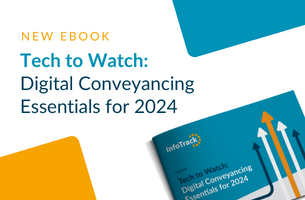Mid-tier law firms are over-engineering their risk management and compliance (RM&C) functions, spending more than both bigger and smaller practices for far less return, new research has claimed.
The benchmarking report, by broker Lockton, found that firms in the 41-60 bracket of the top 100 on average spend £5,700 per partner on their RM&C function to receive just six of 13 listed services.
By contrast the top 20 firms are paying an average of £3,500 per partner for 11 of the services.
Though the biggest firms pay a little more for their professional indemnity insurance – an average of £12,400 per partner, compared to £11,300 for the 41-60 firms – Lockton said this simply reflected the higher levels of cover they purchase.
Firms in the 21-40 category spent around the same on both RM&C and insurance as the 41-60 firms, but received nine services. They also had the teams that ranked best for helpfulness.
The remaining firms in the top 100 spent £4,200 per partner on RM&C for an average of 5.5 services. Their premiums were £9,400 per partner.
“Mid-tier firms perform less well in part because some over-engineer their risk management,” said Pam Grover-Mitchell, risk management executive in Lockton’s professions team.
“A risk manager may leave a top 20 firm to lead the RM&C team at a smaller firm and go all-out to offer a gold-plated service. This is reflected in our ‘enabling’ score, which gauges how useful partners deem the RM&C team to be. There has to be a commercial balance between cost, benefit and service, however, and in the middle firms the costs are disproportionate to the benefits provided.
“Risk management spending should benefit a firm commercially by offering demonstrable value, both on the balance sheet and in the range and quality of the services provided to fee-earners.”
The survey found that top 20 firms had an average of 11 people in their RM&C teams, falling to 10, 6 and 3.5 in the other categories respectively.
It also said there was scope for improvement in firms’ culture and processes. Only 13% of RM&C teams reported being consulted from the start when the firm was considering strategic issues such as lateral hires or the addition of new teams. Just 10% of firms had a practice management system that also handled conflict checking. “This suggests that a great number of firms are still struggling with the need to show that a conflict check is undertaken for every matter,” the survey said.
Half of the firms from 41-100 rely on fee-earners or secretaries to handle new client inceptions and a third of the top 100 do the same with respect to compliance with anti-money laundering regulations.
Nearly half of the firms take into account some elements of claims, complaints and RM&C information when determining partner remuneration.
Lockton plans to update its new risk and compliance index annually.















Leave a Comment